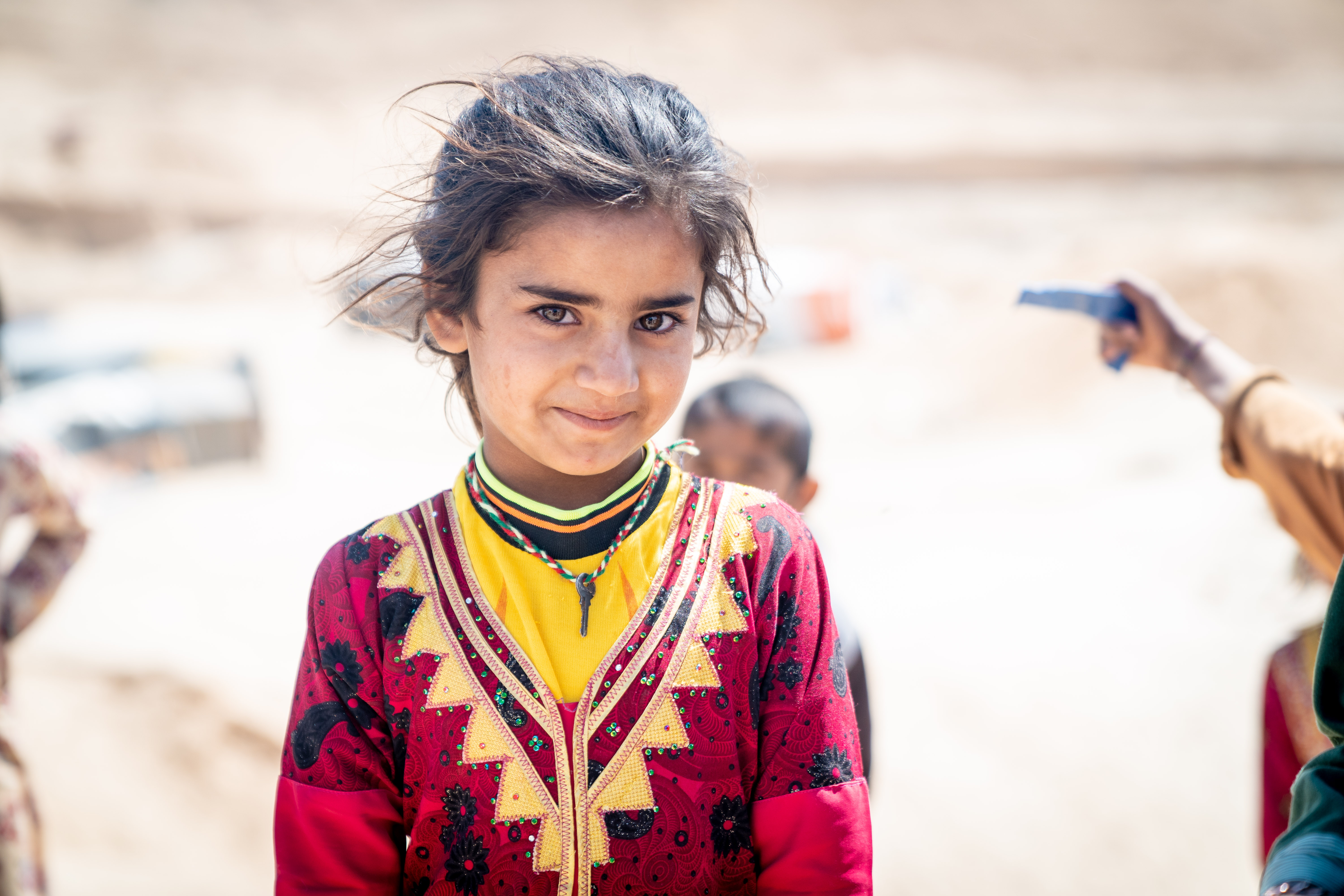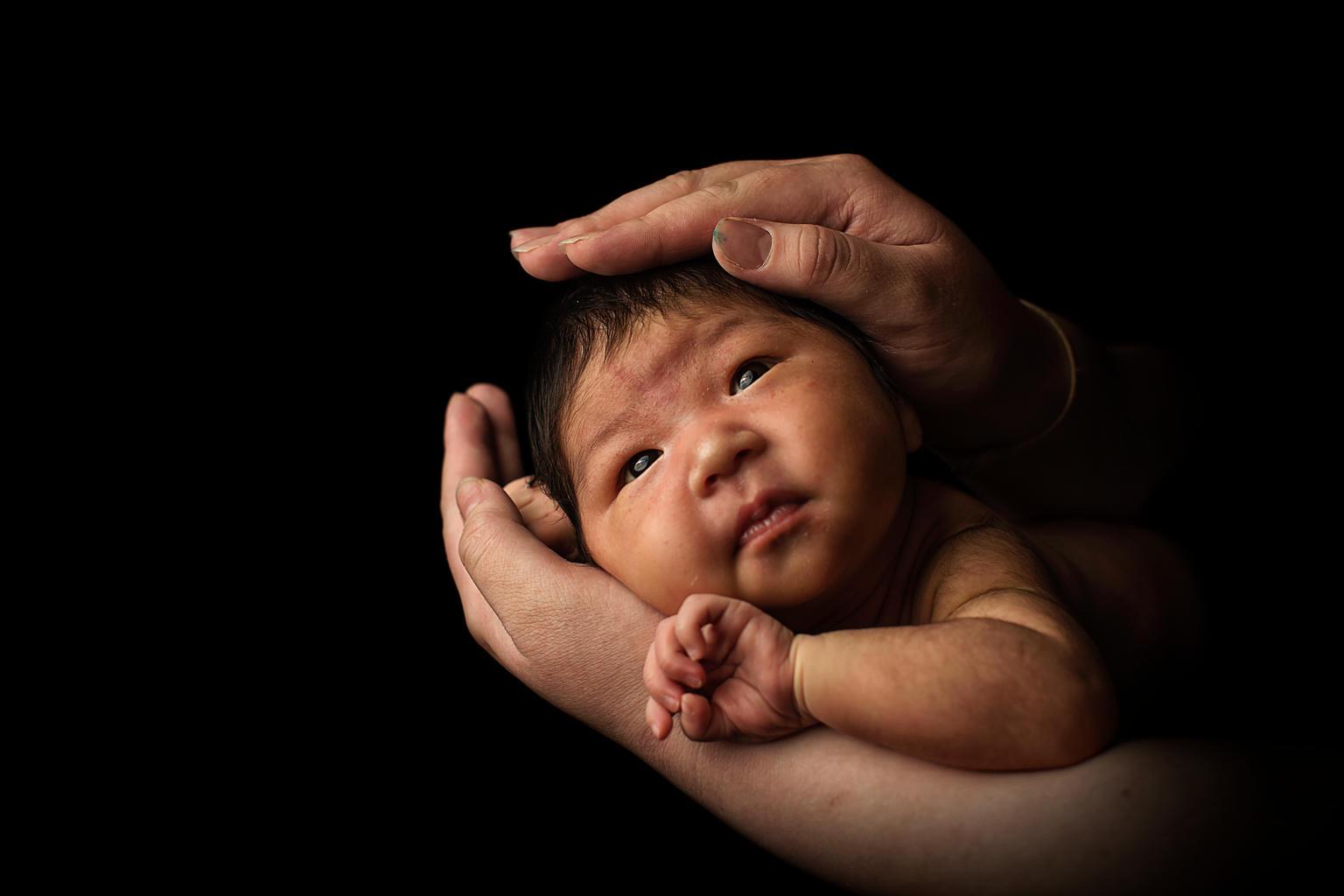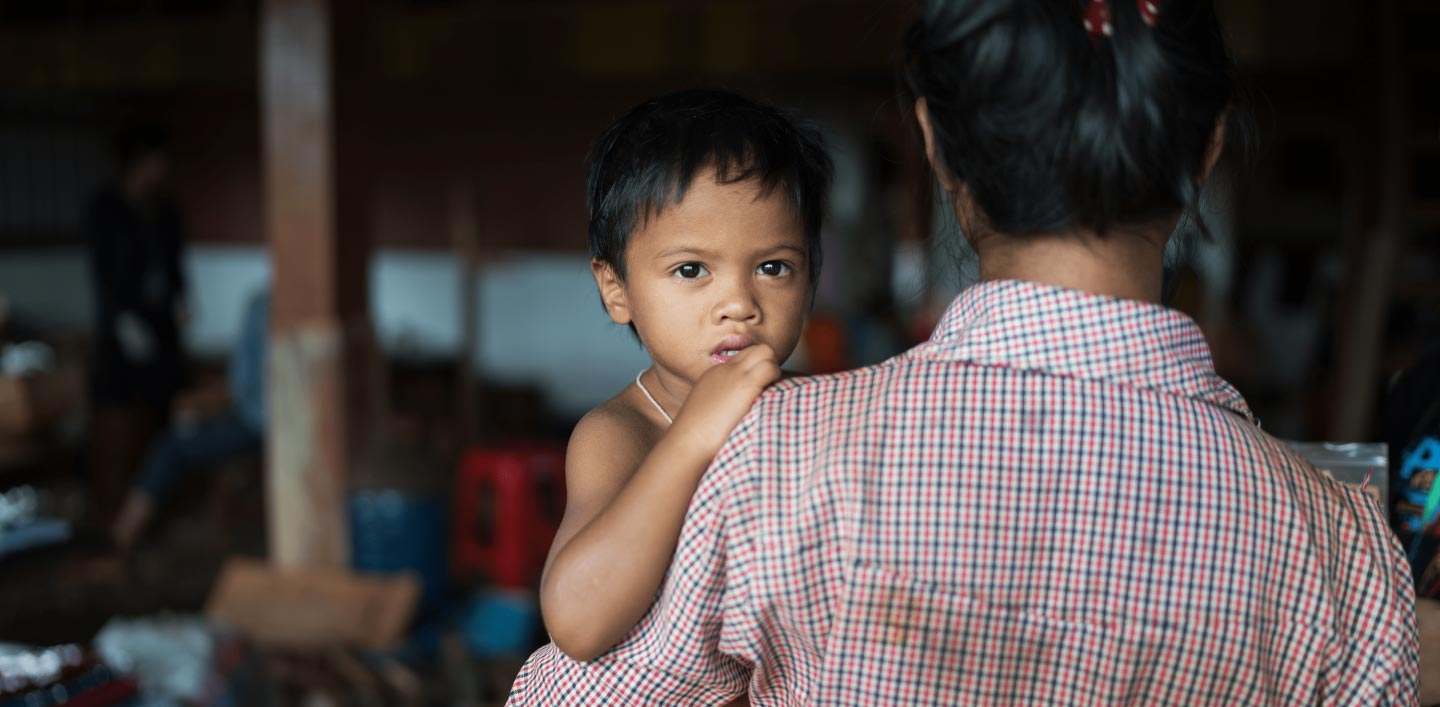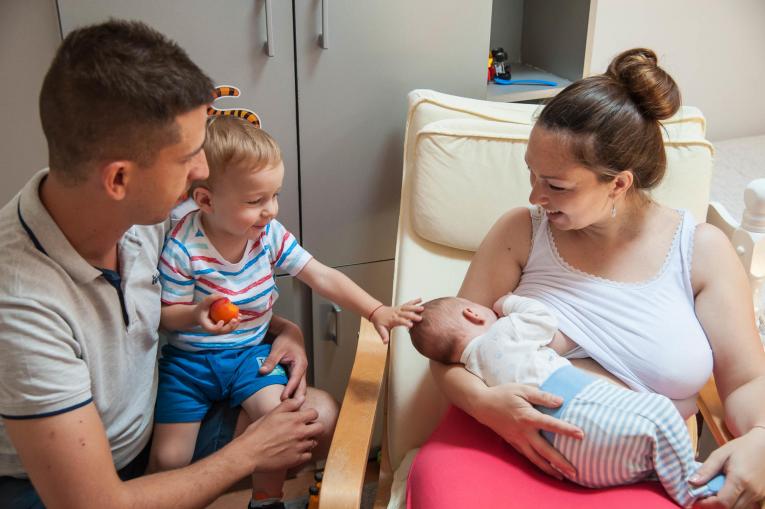Levels and Trends in Child Mortality
United Nations Inter-Agency Group for Child Mortality Estimation (UN IGME), Report 2019

Tremendous progress in child survival has been made over the past two decades. And yet, one child or young adolescent died every five seconds in 2018.
The vast majority of these deaths (85 per cent) occur in the first 5 years of life, of which almost half (47 per cent) happen during the first month, largely due to treatable causes such as infectious diseases. Although progress has been made in every age group, it has been uneven and largely based on country wealth. In Sub-Saharan Africa, for example, 1 in 13 children die before their fifth birthday – a number that is 16 times higher than in high-income countries where the ratio is 1 in 199.
The latest Levels and Trends in Child Mortality: Report 2019 from UNICEF and partners in the UN Inter-Agency Group for Child Mortality Estimation (UN IGME), shows the full scope of child mortality rates across the world – from newborns to adolescents – as well as the progress made toward meeting the SDG targets by 2030.
The report finds that while progress continues each year, it is urgent that we accelerate our efforts in preventing child deaths. Current trends predict that close to 10 million 5- to 14-year-olds and 52 million children under 5 will die between 2019 and 2030. Almost half of these under-five deaths will be newborns whose deaths could be prevented by providing high quality antenatal care, skilled care at birth, postnatal care for mothers and their babies, and care of small and sick newborns.
These deaths – particularly the regional and socio-economic disparities – reflect the broader influence of sustainable social and economic development on children’s health. Basic health services like vaccination, medical treatment, adequate nutrition and clean water and sanitation become matters of life and death when children and young adolescents do not have access to them.
Reducing inequalities is essential for ending these preventable childhood deaths and for ensuring that no child is left behind.


